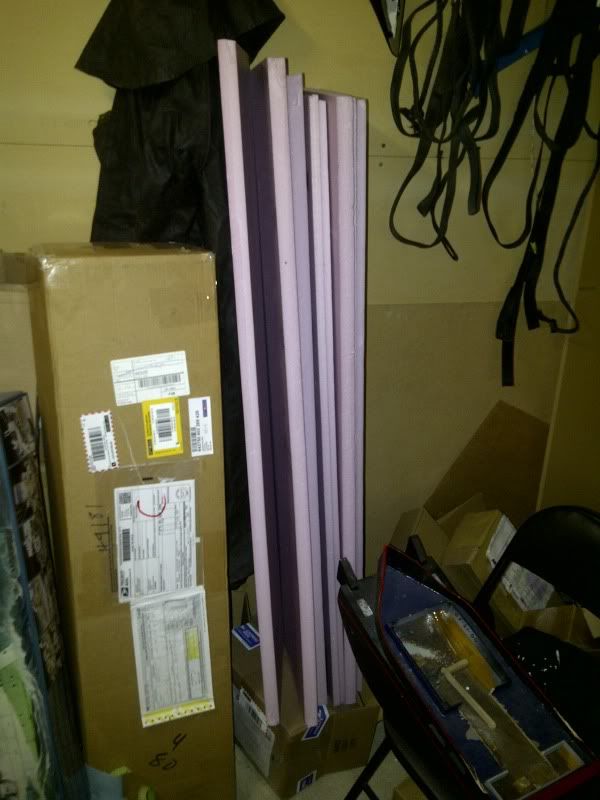Hi David,
Going back to the LPB parts or manifolds, in your video (thanks for making it), I see the SNORT system in the sub but only two of the manifolds being used. The stern bulkhead one and the one that sucks in the air. I don't see the one that pumps the air into the tube. Are you using it?
video link: http://www.youtube.com/watch?v=r27INRGIYhE
Andrew
Going back to the LPB parts or manifolds, in your video (thanks for making it), I see the SNORT system in the sub but only two of the manifolds being used. The stern bulkhead one and the one that sucks in the air. I don't see the one that pumps the air into the tube. Are you using it?
video link: http://www.youtube.com/watch?v=r27INRGIYhE
Andrew




Comment